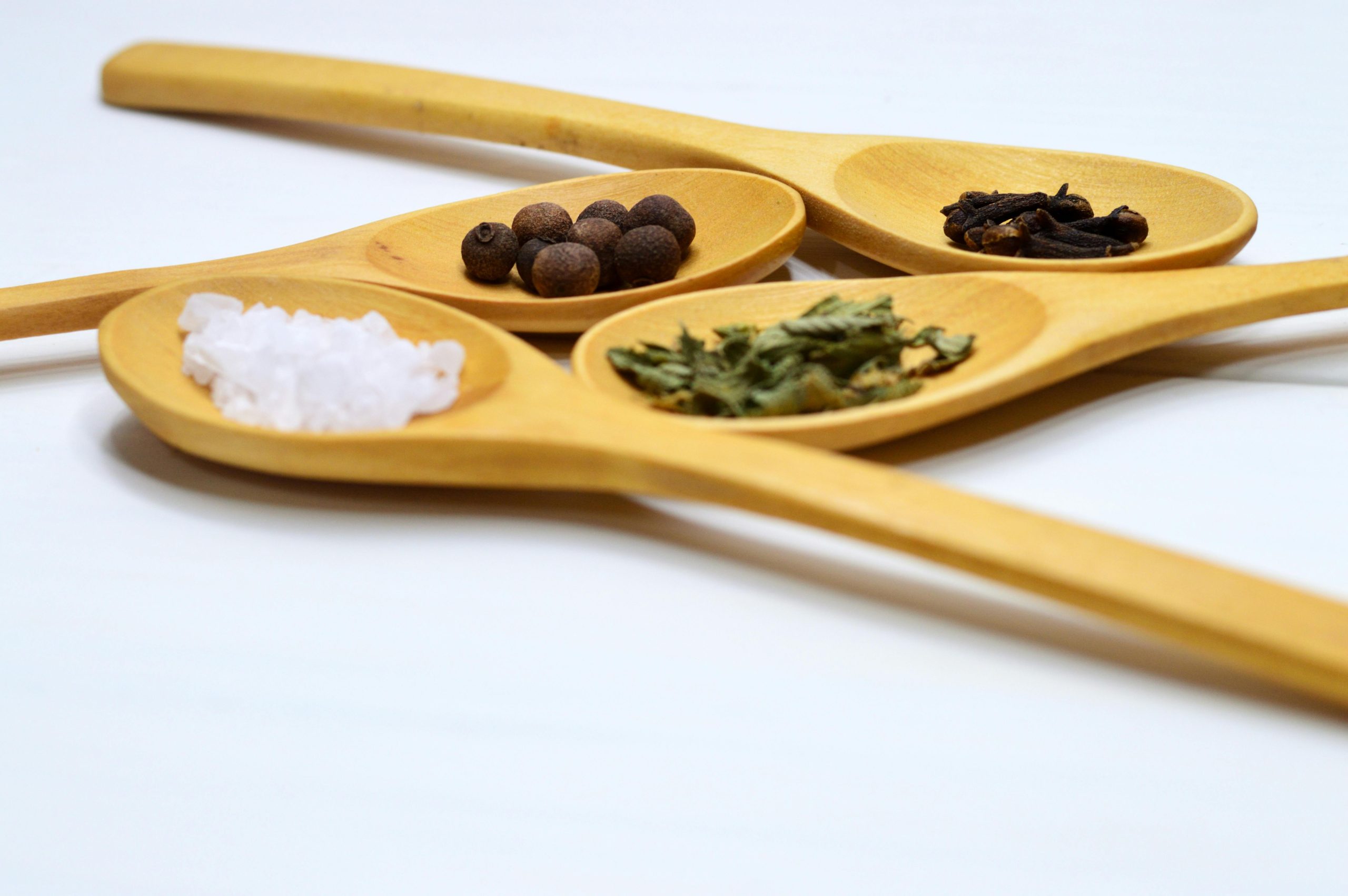Currently Empty: ₨0.00

Herbs vs. Spices: Understanding the Differences and Culinary Uses
Herbs and spices are essential components in the culinary world, enhancing the flavor of dishes and adding depth and complexity to recipes. While these terms are often used interchangeably, there are distinct differences between herbs and spices in terms of their source, flavor profile, and culinary uses. In this article, we will delve into the world of herbs and spices, explore their unique characteristics, and provide insights into how you can incorporate them into your cooking.
Herbs: Nature’s Flavorful Greens
Herbs are leafy green plants that are used to add flavor and aroma to dishes. They are typically derived from the leaves of plants and can be used fresh or dried. Common herbs include basil, parsley, cilantro, mint, and rosemary. Herbs are known for their delicate and fresh flavors, which can range from subtle and earthy to bright and citrusy. They are often used to infuse dishes with a burst of freshness and brightness.
Spices: The Essence of Flavor
Spices, on the other hand, are derived from various parts of plants such as seeds, bark, roots, and fruits. Spices are known for their bold and intense flavors, which can range from warm and aromatic to spicy and pungent. Common spices include cinnamon, cumin, ginger, paprika, and cloves. Spices are often used to add depth, warmth, and complexity to dishes, as well as to provide a kick of heat or a hint of sweetness.
Culinary Uses of Herbs and Spices
Herbs and spices are versatile ingredients that can be used in a wide variety of dishes, from soups and stews to salads and marinades. Herbs are best used in dishes that require a light and fresh flavor profile, such as salads, sauces, and dressings. They can also be used to garnish dishes and add a pop of color. Spices, on the other hand, are best used in dishes that require a more robust and intense flavor profile, such as curries, stews, and roasted meats. They can also be used to add warmth and depth to desserts, such as cakes, cookies, and pies.
Tips for Using Herbs and Spices in Cooking
– When using fresh herbs, add them towards the end of the cooking process to preserve their delicate flavors.
– Toasting whole spices before grinding them can enhance their flavor and aroma.
– Store dried herbs and spices in airtight containers away from heat and light to maintain their freshness and potency.
– Experiment with different herb and spice combinations to create unique flavor profiles in your dishes.
Conclusion
Herbs vs. spices are essential ingredients in the kitchen, adding depth, complexity, and flavor to dishes. While herbs are known for their fresh and delicate flavors, spices offer bold and intense notes that can elevate a dish to new heights. By understanding the differences between herbs and spices and knowing how to use them effectively in your cooking, you can create delicious and memorable meals that will delight your taste buds. So, next time you’re in the kitchen, don’t be afraid to experiment with herbs and spices and let your culinary creativity shine.
